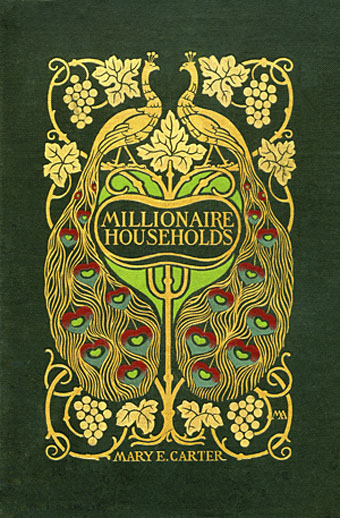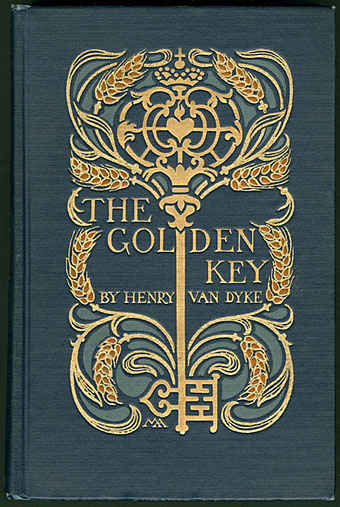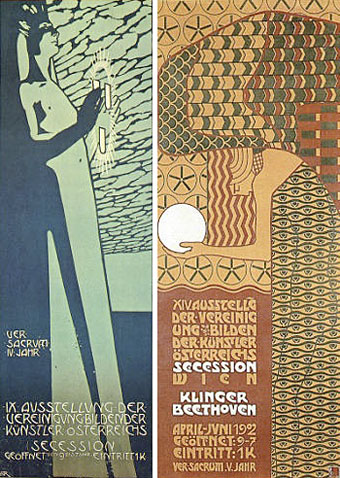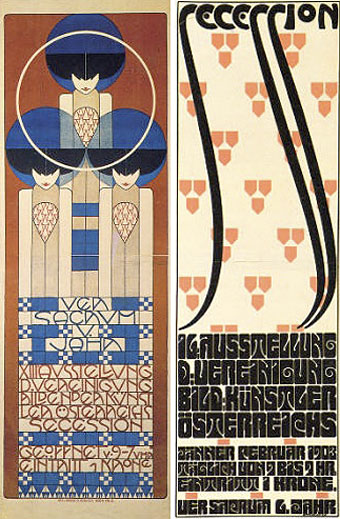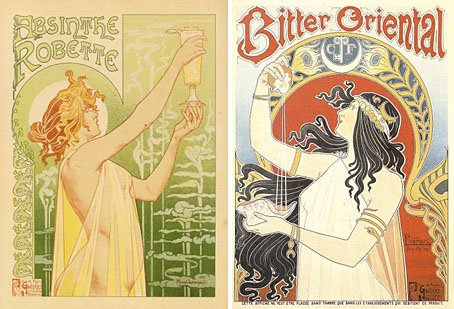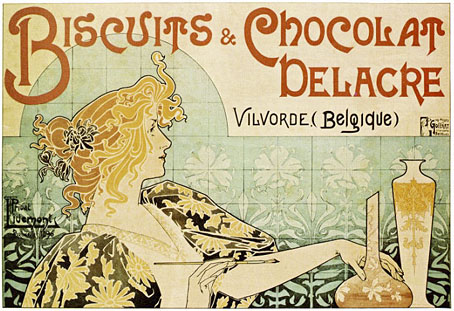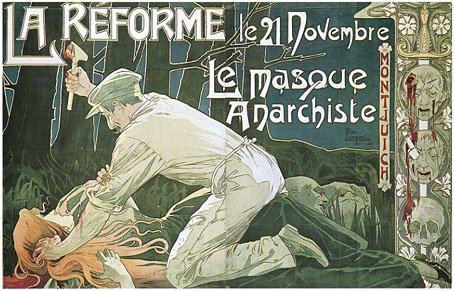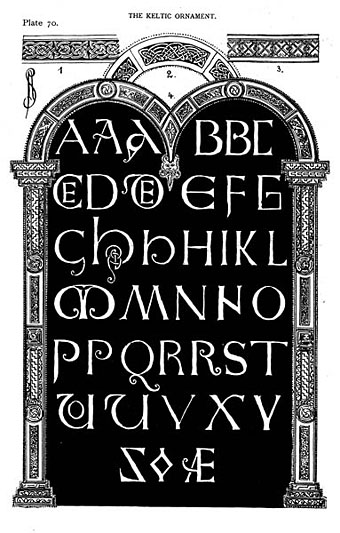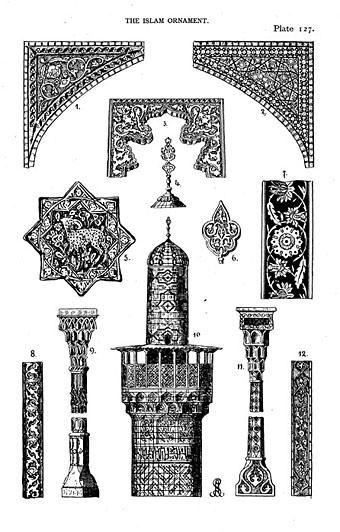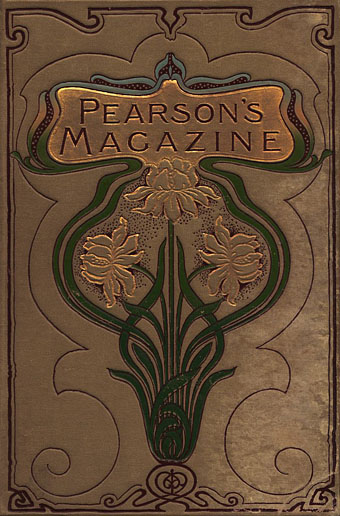Millionaire Households and their Domestic Economy (1903).
More Art Nouveau cover designs, this time by celebrated American designer Margaret Armstrong (1867–1944) whose life and work is documented here. The University of Rochester has examples of her work, as does the Atheneum of Philadelphia and the University of Alabama’s Publisher’s Bindings pages, the latter being an incredible resource for 19th and 20th century cover designs.
The Golden Key (1926).
Elsewhere on { feuilleton }
• The book covers archive

